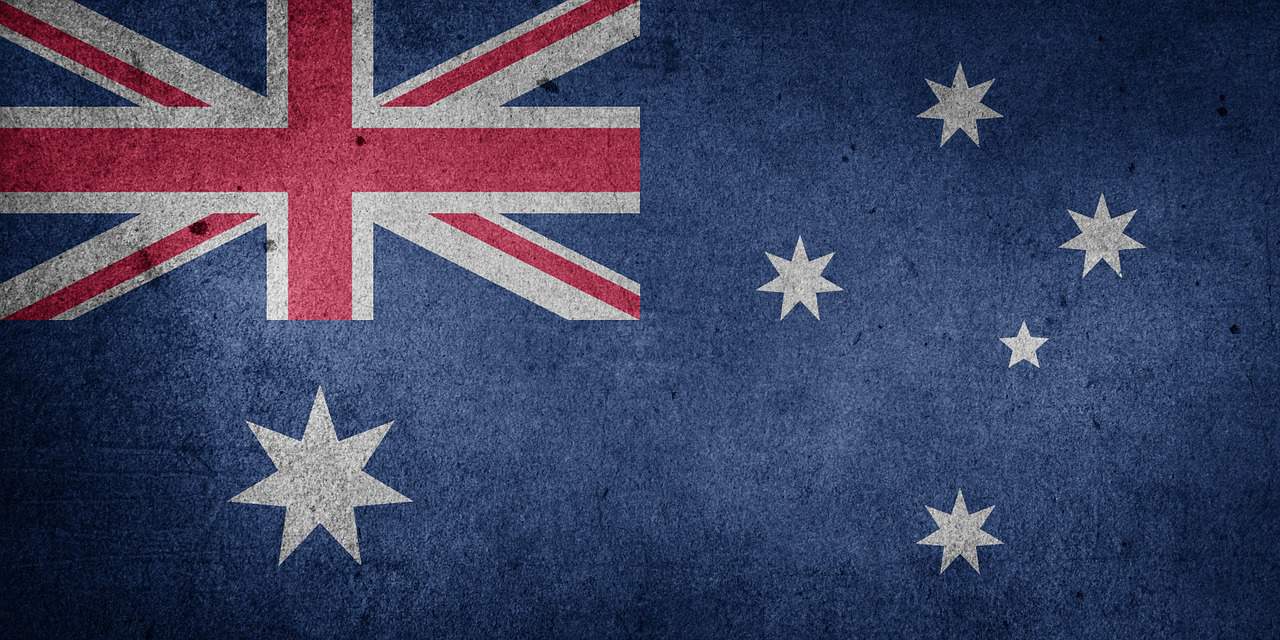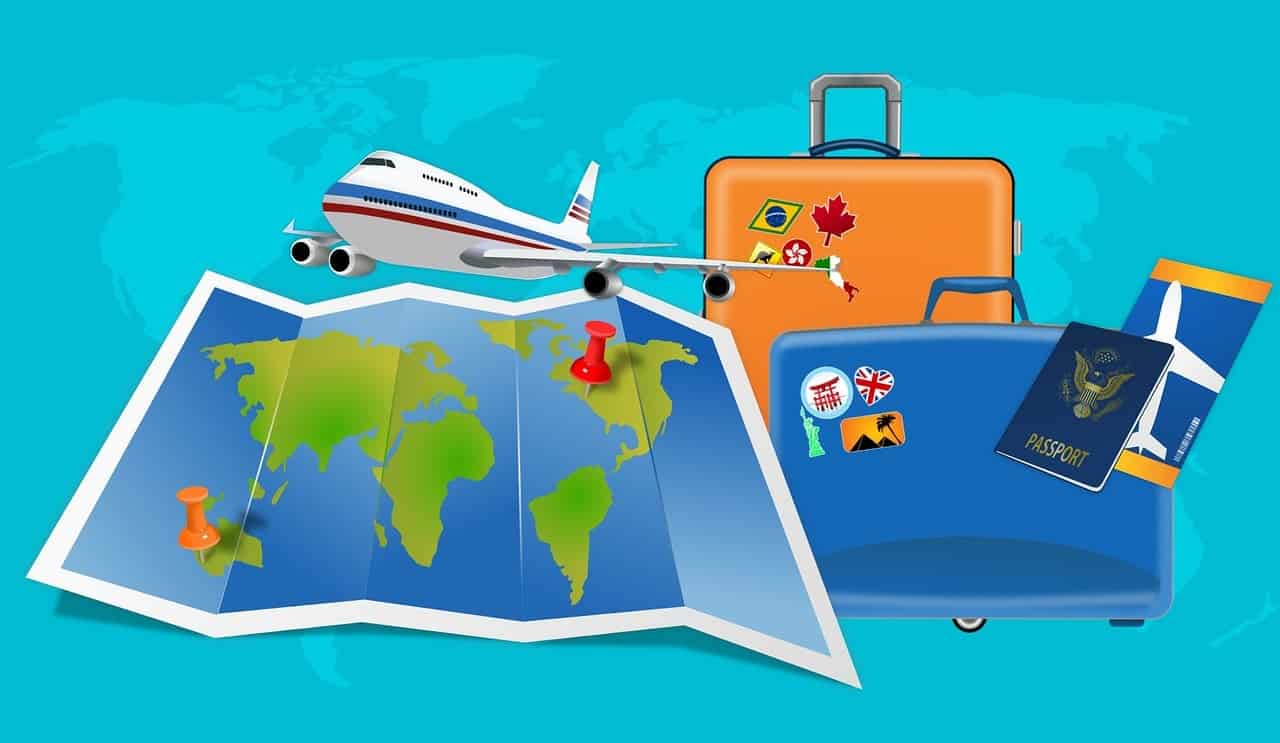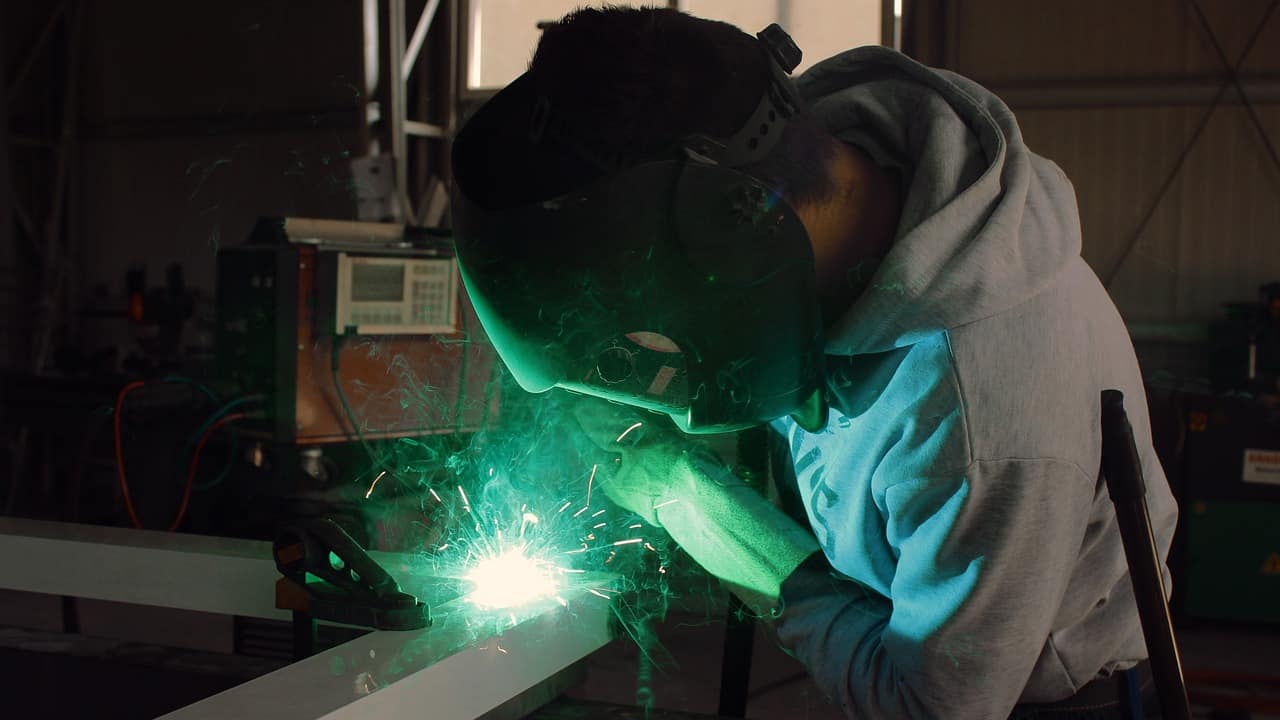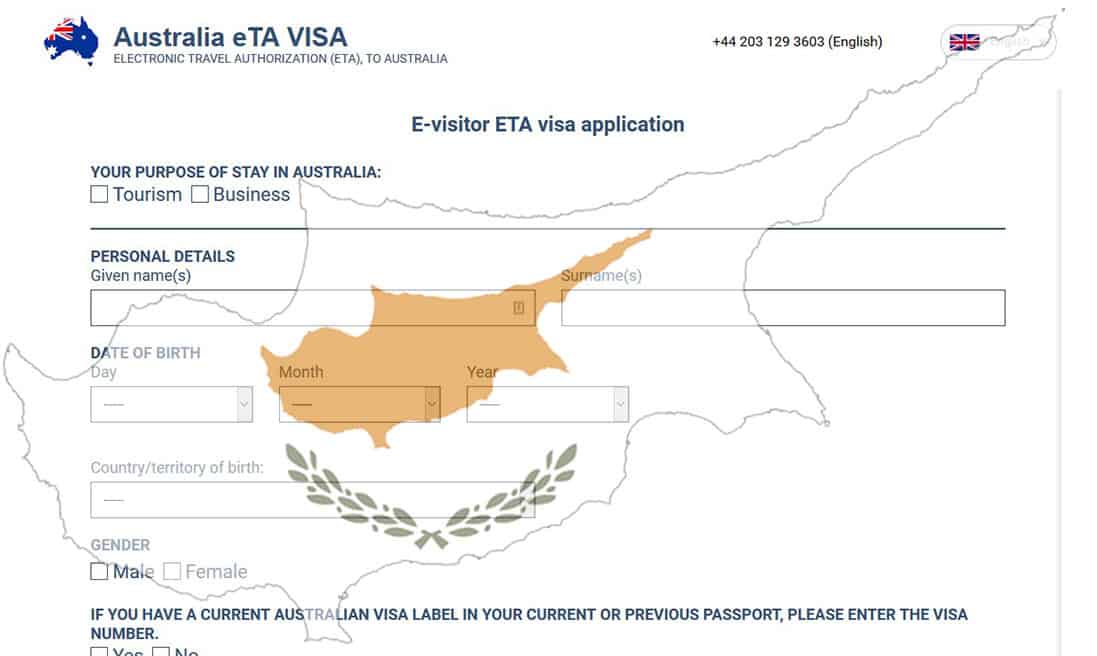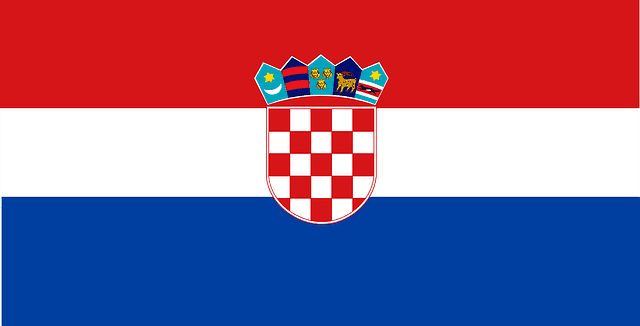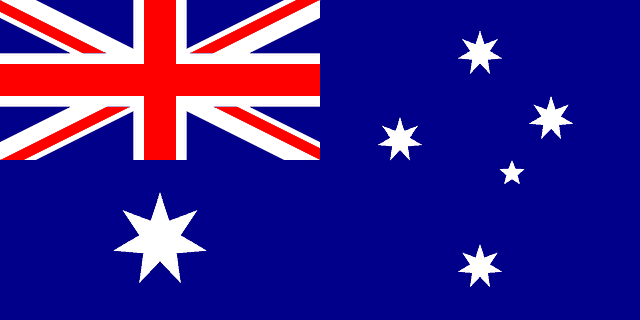In ancient times, explorers traveled from place to place far from their home looking for new wealth and treasure. Some of them claimed that the earth was flat as they moved around. However, Greek astronomers, later on, concluded that the world is spherical with southern and northern hemispheres.
In 150AD, a mapmaker and Greek astronomer, Claudius Ptolemy, came up with the idea that the earth is kept balanced by the unknown land in the south. He then drew an imaginary land that represented the unknown land on the map. Over this time, it was referred to as the unknown land in the south.
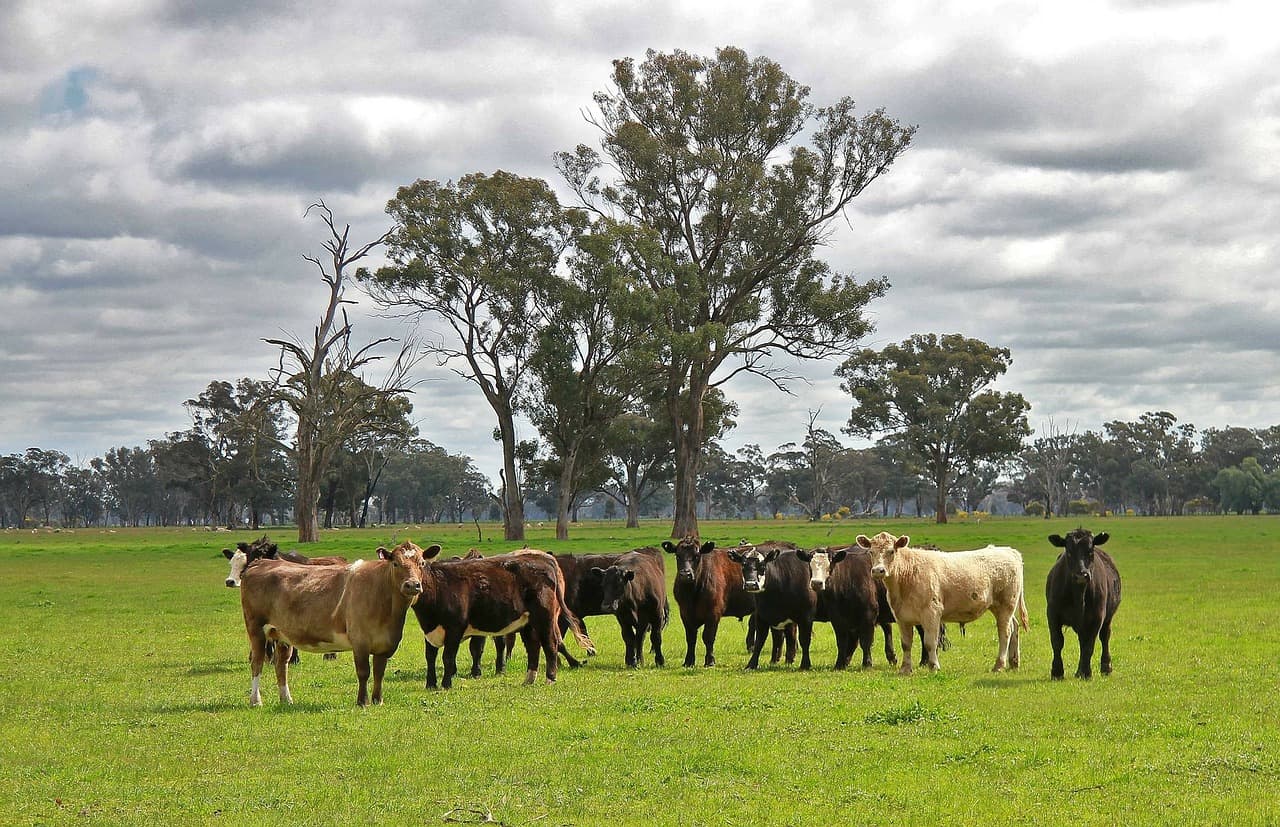
During this century, Europeans were certain about this land in the south, but they were yet to figure out how to get there. In 1570, a map was drawn with a vast imaginary landmass located in the south that was proportional to the land on the top of the earth. For about 200 years, European explorers searched for this unknown southern land. Some of them sailed past it while others bumped into it, but they didn’t realize as they expected a lot of wealth over there.
Aborigines in Australia
While explorers from Europe still search for the unknown land, Aborigines had already settled there. The Aborigines were the first people to settle in Australia. They are expected to have arrived in the Australia continent 50, 000 years ago. Aborigines’ ancestors are believed to have left Africa about 60,000 years ago, and they went through Asia before they stumbled in the ocean between Australia and other continents. Since there were no boats and canoes, it is still uncertain how they crossed to Australia. Some suggest that they could arrive there by accident, tsunami, or drifting debris through flotsam.
First native people in Australia
There is evidence that there are some traders and fishermen from India, China, and Indonesia who were in northern Australia thousands of years ago. This visit was inconsequential and sporadic to the way aborigines lived. The first wild dog, the Dingo, is believed to have arrived about 5, 000 years in Australia through such visits. The earlier explorers never heard knowledge of how Australia was vast and others thought this continent was just like any other island.
Portuguese in Australia
The first European explorers to be in Australia were the Portuguese. They were mainly traveling across the world looking for fortune and wealth. They were traveling to Asia through the Good Hope Cape as they ventured wide looking for spices. In 1515, the Portuguese sailors arrived at the Timor island that is 700km to Australia. Some of them are believed to have sailed through the Australia coastline without their knowledge, but no definite proof available.
Dutch- first European explorers to arrive on Australia
A small sailing ship named Duyfken that was captained by Willen Janszoon landed in Australia in 1600. They were sailing from Banten, Indonesia, searching for new trading opportunities. They landed on the shore of river Pennefather that is located in Carpentaria before they went ashore. They then found the swampy land and people living there were unfriendly. On various expeditions, this ship lost ten members of its crew, and Willen Janszoon named this place “Nieu Zealand” now called New Zealand. Now then, Janszoon is considered as the first European in Australian soil. However, Janszoon never realized he had set foot in Australia as he thought the land was part of the New Guinea that is located further in the north.
In 1616, another Dutch ship, Eendracht, while on the way to Indonesia landed on the west of the Australian coast. This ship was sailed by captained Dirk Hartog when it arrived at Shark Bay. Hartog then looked around but never found anything interesting. He then recorded his visit on top of the cliff at Rijksmuseum, but Hartog never realized he was in Australia.
Most Dutch sailors continued to sail along this coastline during this period and called this place New Holland though they did not bother to explore it. To them, they thought Australia is just a barren place that had no commercial importance. In July 1629, a VOC ship named Batavia was shipwrecked when it was near the Houtman Abrolhos near Geraldton located in Western Australia. The crew faced a mutiny, and they had to build a small fort where they protected themselves. This happened to be the first structure to be built by the Dutch in Australia.
A Dutchman by the name Abel Tasman in 1942 discovered an island that he called Van Diemen’s Land but never realized it was in Australia. However, this island was renamed later on to Tasmania in remembrance of the Abel Tasman. This man also went ahead to find Fiji, New Zealand, and Tonga Islands.
British in Australia
In May 1622, a ship, Tryall, owned by East Company from India was the first British ship to pass through the Australian coastline. On 22 May that year, it also became the first ship of British origin to shipwreck on the coastline of Australia. The ship crew sort refuge on Montebello Islands in north-western Australia for about seven days before they headed back to Indonesia.
In 1770, there was an expedition that was lead by James Cook from England. They sailed through the south of the Pacific on a ship named Endeavour. They were set for an astronomical purpose, but Lieutenant cook had secret orders to look for the southern continent. Their ship landed on the eastern coastline of Australia in April 1770. Cook named this Bay Stingray, but they, later on, modified it to Botanist Bay before it was called Botany Bay.
Captained Cook also named this place New Wales and changed it later to be New South Wales. He claimed this land was for Britain amid the Aborigines who had already occupied. However, Cook never had an idea that he had discovered a continent that was about 32 times Britain itself. He also became the first person from Europe to land on the Great Barrier Reef where he spent seven days. In 1977, the British return to colonize this southern land today known as Australia.


